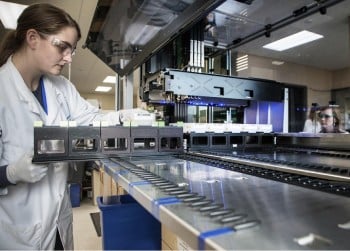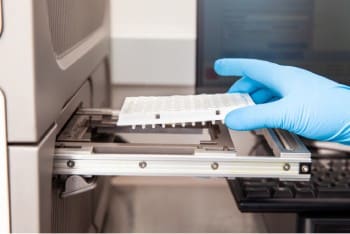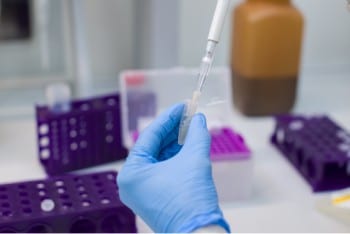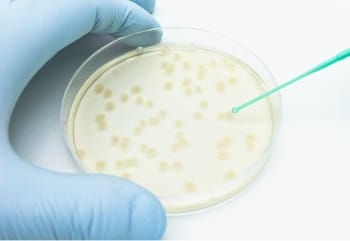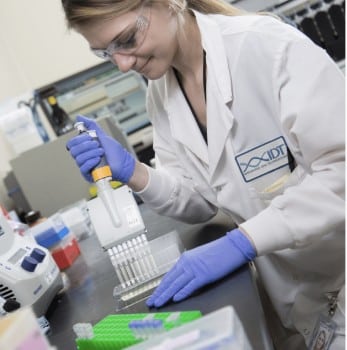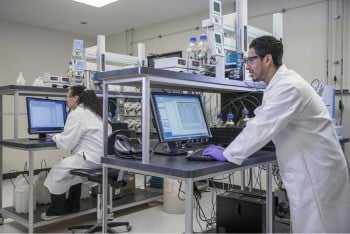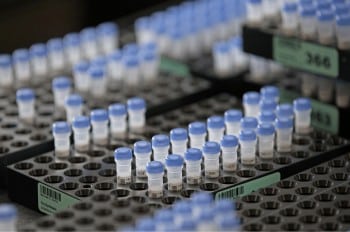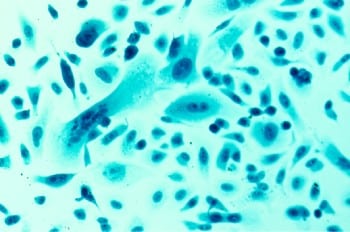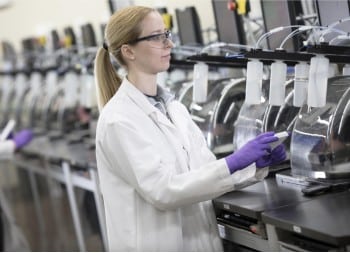Pseudomonas aeruginosa is a pathogen known to cause serious infections. Multidrug resistant (MDR) P. aeruginosa strains have been shown to contain hypermutations in DNA repair pathways. Hypermutation is the result of mutations in the ATPase domain of MutS mismatch repair (MMR) protein [1]. MMR gene deficiency leads to a rapid development of CZA resistance in P. aeruginosa [2]. CZA is an antimicrobial combination of an anti-pseudomonal cephalosporin and a novel beta-lactamase inhibitor which is potent for inhibiting P. aeruginosa PDC (AmpC) cephalosporinase [3]. An important caveat is that CZA-resistant P. aeruginosa strains have been shown to have an overexpression of the Resistance-Nodulation-Division (RND) MexAB-OprM efflux pump due to point mutations in cephaloporinase [1].
Whole-genome sequencing (WGS) and transcriptional profiling of the MMR-deficient strains were performed to identify mutational and transcriptional changes that underlie CZA resistance. The results revealed that the MMR-deficient strains can also lead to a rapid development of resistance without the modification of well-established resistance genes. Chiang et al. identified that an early inactivation of the MexB protein was due to a mutation in the mexB gene of the MexAB-OprM efflux pump. The MexAB-OprM efflux pump is part of the RND class of efflux pumps which mediates ceftazidime/avibactam (CZA) resistance in P. aeruginosa [4]. The RND family of efflux pumps are widely distributed in Gram-negative bacteria. These transporters have the essential functions for transporting antibiotics across cytoplasmic membrane [5]. It has been identified that this early inactivation of the mexB gene of the MexAB-OprM efflux pump is a driving factor for alternative resistance mechanisms in P. aeruginosa.
Chiang et al. used gBlocks HiFi Gene Fragments to further investigate how the mexB gene of the MexAB-OprM efflux pump and the MexVW efflux pump play a role in antibiotic resistance. They genetically engineered MMR-deficient strains containing mutations in the mexB gene and the MexVW RND efflux pump. Three strains were generated—one strain for each mutation and a double mutant strain—to study how these two mutations in the MexVW RND efflux pump resulted in an increase of antibiotic resistance in P. aeruginosa.
Learn more about how IDT gene fragments can be used for antibiotic resistance research.

